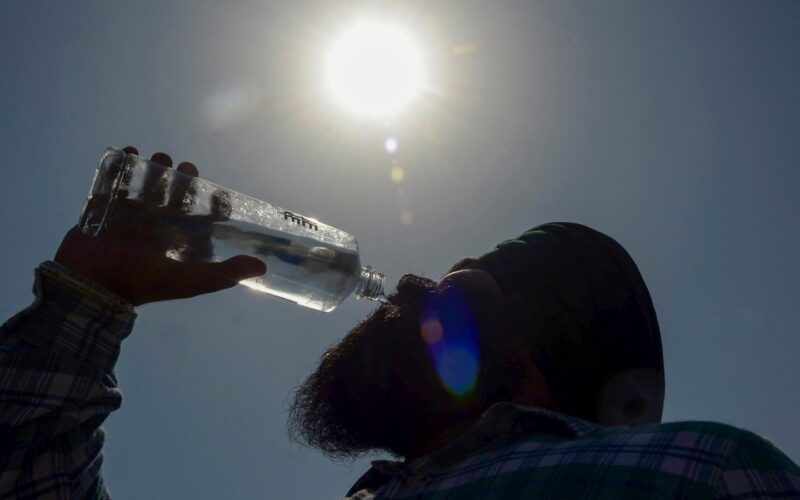Ludhiana (Gurpreet Singh): Residents across Punjab are bracing for more hot and dry weather as the region continues to reel under above-normal temperatures. With the monsoon officially having exited the state, forecasts indicate the heat will intensify over the next few days, with no rain on the horizon until at least the start of October.
The latest data from the Meteorological Department reveals that the average daytime temperatures in Punjab are currently running over 2°C higher than normal for late September. Over the past 24 hours alone, the state’s temperature has inched upward by 0.2°C, pointing to a slow but steady rise. Faridkot stood out as the hottest spot in the state, recording a sweltering 37.5°C on Wednesday.
Nighttime temperatures, too, are not offering much relief. The average minimum temperature is hovering around 22°C, which is 2.6°C above the usual levels for this time of year, making nights unusually warm for the season.
Meteorologists attribute the spike in temperatures to the withdrawal of the monsoon, which has ushered in a period of dry air and low humidity. The absence of cloud cover and rainfall is expected to cause the mercury to rise further, with daytime highs projected to increase by up to 2°C over the next three days. In contrast, minimum temperatures may drop slightly, by around 1°C, due to clearer skies during the night.
“There’s a clear shift in the weather pattern post-monsoon,” a senior weather analyst said. “Dry northerly winds are dominating the region, which, coupled with strong solar radiation, is pushing temperatures upward. We don’t expect any rainfall activity in Punjab before October 1.”
The continued dryness is also raising concerns for the agricultural sector, particularly for farmers hoping for residual monsoon showers to support late-stage crops. Experts suggest closely monitoring crop conditions and preparing for extended irrigation needs if the dry spell continues.
Health authorities are advising people, especially the elderly and children, to limit outdoor activities during the hottest parts of the day. Precautions like staying hydrated, wearing light clothing, and avoiding direct sun exposure have been recommended.

